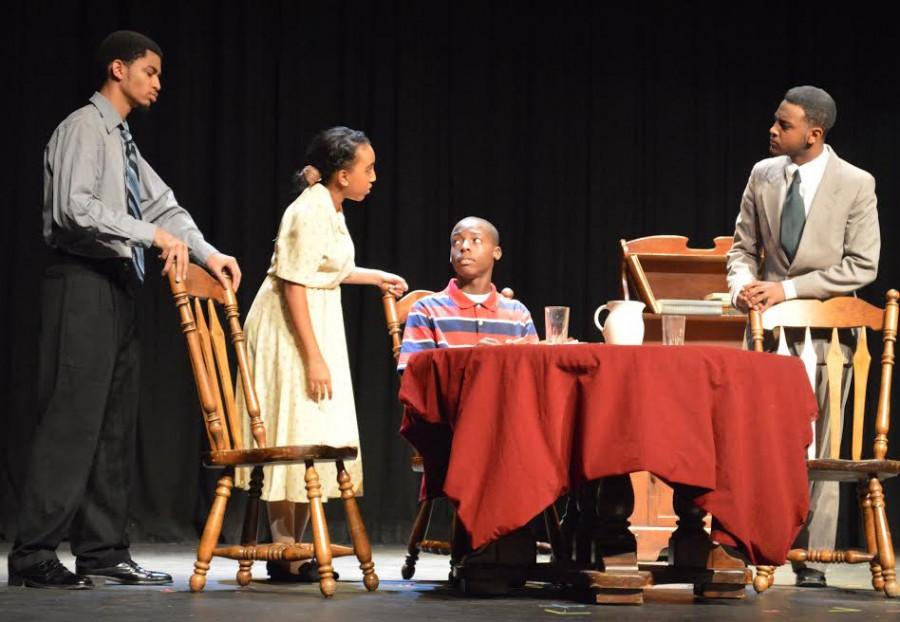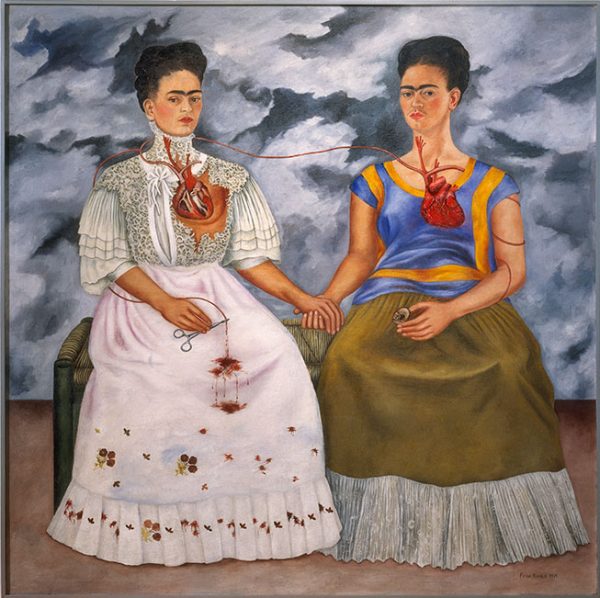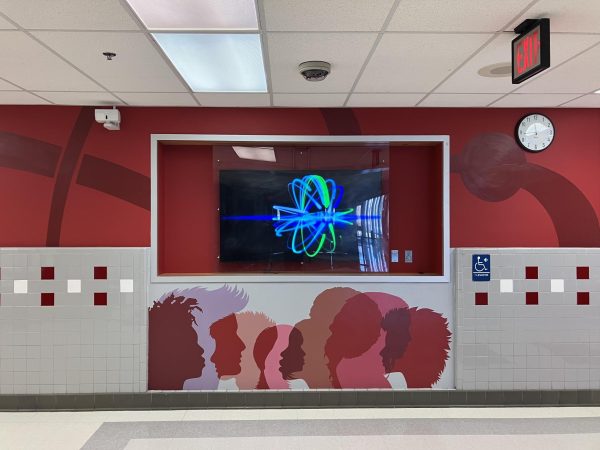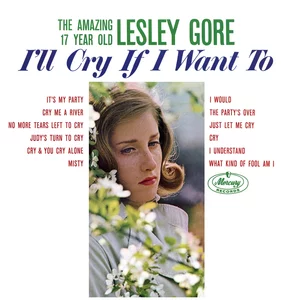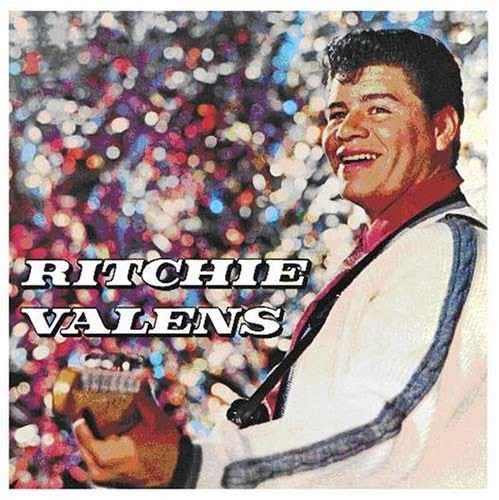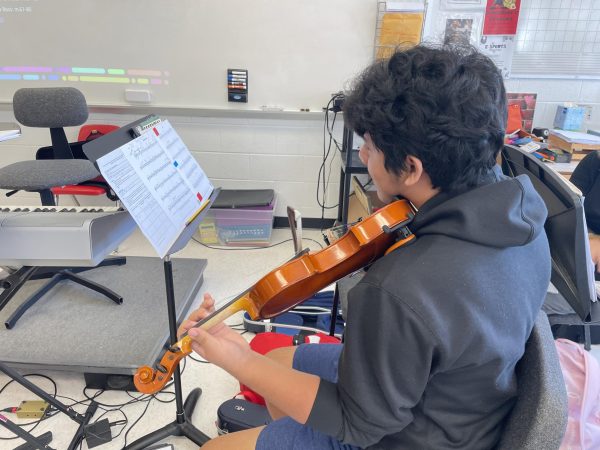Cappies review of ATCs ‘A Line in the Sand’
A play scene
By Megan Griggs of Oakton High School
As Anna Quindlen said, “Look back, to slavery, to suffrage, to integration and one thing is clear. Fashions in bigotry come and go. The right thing lasts.” And that is certainly what Annandale Theatre Company presented in A Line In the Sand. This powerful play about hope, integration, and integrity follows a group of black and white citizens living in Norfolk, Virginia during the 1950s and Massive Resistance. These passionate characters who were either fighting for or against integration in publics schools, brought the play to life in a beautiful web of events, almost in the style of experimental theatre with a historical touch.
Written in 2009 by Chris Hanna, A Line In the Sand accurately tells of historical events and people of Norfolk in the 50s and also reflects the biases and bigotry still seen today. When A Line In the Sand was first performed it was controversial for both African American and white audiences. Annandale Theatre Company’s diverse and talented cast took this highly argumentative piece and made it enjoyable and intriguing for all audiences.
Presenting this play seemed like quite a daunting task, but Annandale Theatre Company’s cast and crew most certainly did it justice. Gabrielle Lewis played Vivian Carter Mason, an African American activist for integration in schools. Lewis’ portrayal of her character was one of the most natural and real in the show, making it seem like she had done extensive research on the role and also of the time period. After the performance, the whole audience felt as though they knew Vivian Carter Mason personally.
Another notable performance was from Beckman Hollis in the role of William Prieur, the mayor’s assistant. Hollis was a distinguishable voice among the sea of actors with a strong hold on his character’s story and the plot of the show. Some of the most powerful and thought-provoking scenes in A Line In the Sand were between Hollis and Michael McLean, who played Mayor Duckworth. While the play was not written to be a comedy, Billal Kamar as Lloyd Wade, brought a sense of comic relief to an otherwise serious production.
Ramata Sesay, as Coreen Wade, beautifully presented the view of a teenager during the time of segregation in the 1950s. A very impressive aspect of the production was that the cast did not use microphones. Even without amplification, the cast’s projection and diction was superb and the audience could hear every word said on the stage.
The technical aspects of A Line In the Sand were highly ambitious for a high school production. There were a total of twelve televisions on either side of the stage, often showing movie clips or slides depicting the setting of a specific scene. Although these videos or music interludes were often distracting, the idea was brilliant and well executed.
It was incredibly impressive that most of the costumes were made by Annandale’s crew. An especially notable outfit was the stunning green dress that the character Sue, played by Sarah Woodward, wore on the first day of school. While the set pieces, makeup, and creative lighting were minimal, they helped the audience focus on the importance of the plot, not the extravagance of tech.
Overall, Annandale Theatre Company’s production of A Line In the Sand was thought–provoking and powerful. It helped the audience see that just by looking at the wonderfully diverse cast, the right thing truly does last.

Julie Swenton is the current People page editor of The A-Blast. She joined The A-Blast staff her freshmen year and took a year hiatus, then joined again...



